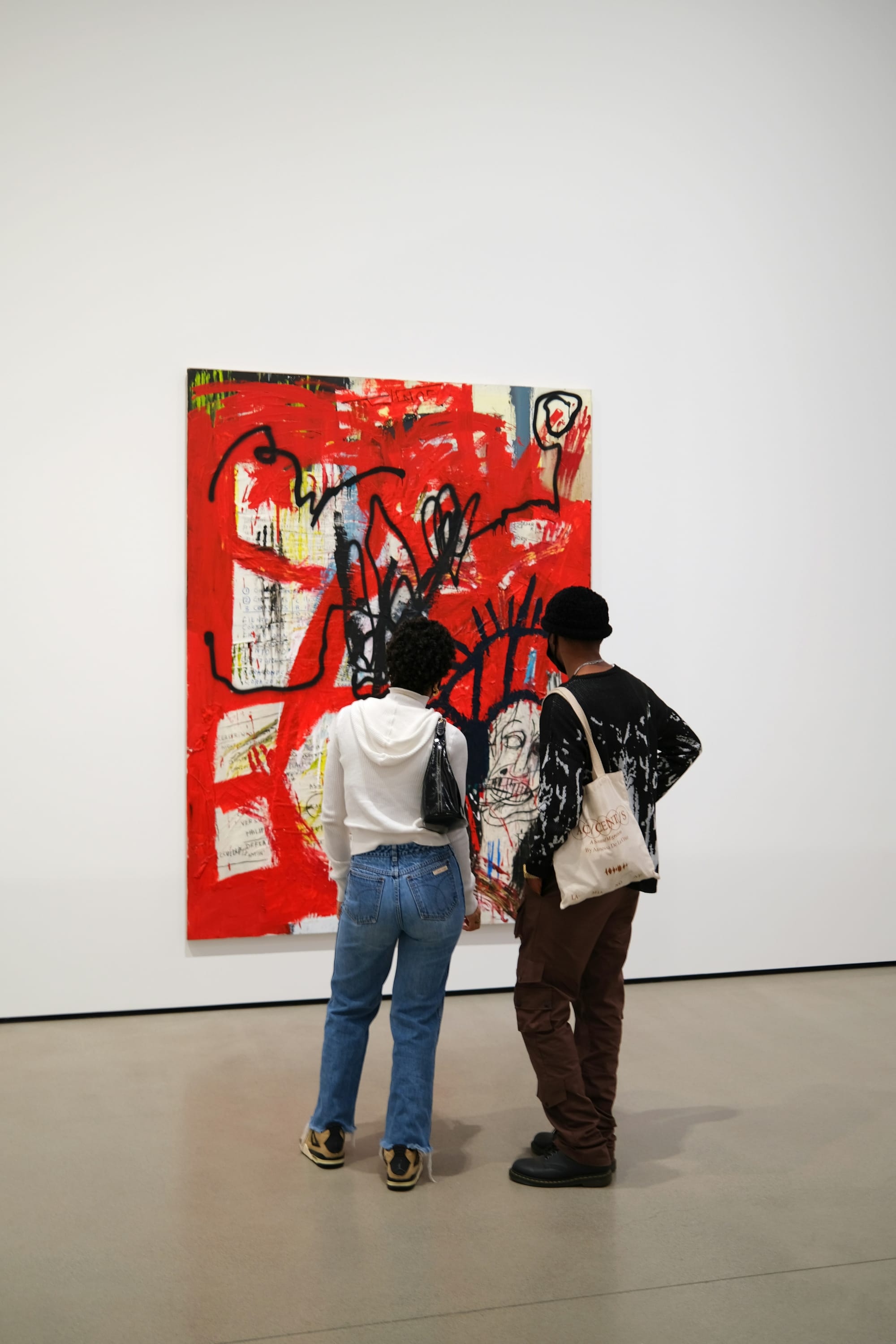Art is a Powerful Tool for Mental and Physical Wellness
Studies show that engaging with art—whether creating or observing—can lower stress, improve mood, and promote healing.

When you think about picking up a paintbrush, sketchpad, or even a museum pass, health benefits might be the last thing on your mind. For many, art seems like a luxury—a pleasant escape, maybe, but not essential. Yet, recent research is proving otherwise: art has powerful, measurable effects on both mental and physical health.
Art isn’t just for artists. Engaging with art—whether creating it or simply experiencing it—has been shown to rewire our brains, release beneficial hormones, and even relieve stress and pain. Across the world, healthcare practitioners are embracing this understanding and are increasingly prescribing arts engagement as a form of therapy. From chronic pain to anxiety and loneliness, art is now recognized as an effective tool in managing a range of conditions.
But how can something as simple as painting, drawing, or even observing art have such an impact? The answer lies in the deep connection between art and our biology. Art activates multiple neurological pathways at once, engaging different parts of the brain, which can lead to healing and an increased sense of well-being. The next time you feel goosebumps listening to a song or feel moved by a painting, remember that this reaction is happening on a cellular level.

Art has always been with us. Long before modern science, humans used art as a way to communicate, express, and connect. Our ancestors painted on cave walls, crafted music, and told stories. Today, art continues to be a core part of the human experience—not just because it’s beautiful, but because it’s essential. The arts are as fundamental to us as food, shelter, and companionship, providing a unique outlet for expression and emotional release.
When we immerse ourselves in art, whether by creating it or by viewing it, we’re stepping outside our everyday routine. Art allows us to experience emotions and ideas we may otherwise ignore. In a world that often pushes us to be efficient and productive, art reminds us to pause, observe, and feel. This slow, reflective process activates our senses and builds new neural connections that are essential for creativity, resilience, and adaptability.
Art that challenges us is just as valuable as art that comforts us. Not every piece of art will make us feel warm and fuzzy. Sometimes, the most valuable art is the kind that confuses us or makes us uncomfortable. Engaging with art that pushes our boundaries can spark curiosity, shake us out of complacency, and even help us confront emotions we’d rather avoid. These experiences train our minds to be more open, adaptable, and resilient—qualities that serve us well in all areas of life.

For those new to the idea of an “art practice,” the good news is that anyone can start, and you don’t need to be “good” at art to benefit. Studies show that creating art for just 45 minutes can lower stress hormone levels by up to 25%. And it’s not about making a masterpiece; it’s about the process, the exploration, and the joy of creation.
So, how can you bring more art into your life?
- Notice five things about a piece of art or a scene in nature that catches your eye. Ask yourself how it makes you feel, what colors stand out, and what details draw you in.
- Take a few minutes with one piece of art, whether it’s a painting, sculpture, or song. Let yourself experience it fully without distraction.
- Art isn’t just in museums; it’s everywhere. From street murals to handmade crafts, observe the creativity around you and appreciate it as part of a richer, more artful world.
Art is for everyone, and it’s a choice we make every day. Choosing to engage with art means choosing a life that’s richer, more connected, and ultimately, more fulfilling. So next time you pick up a pencil or visit a gallery, remember: this isn’t just for fun. It’s for your health.
ART Walkway News





